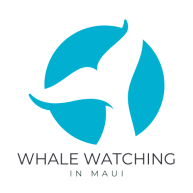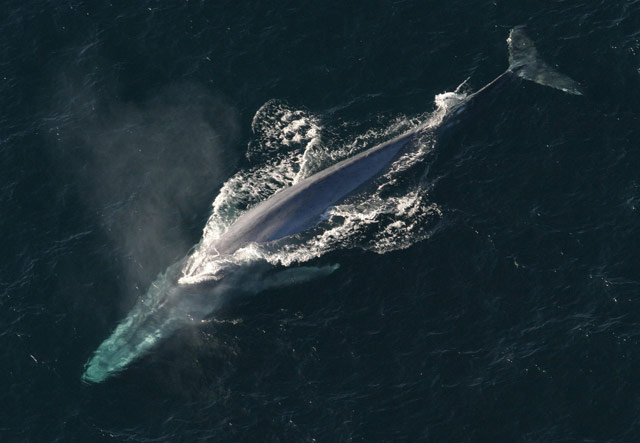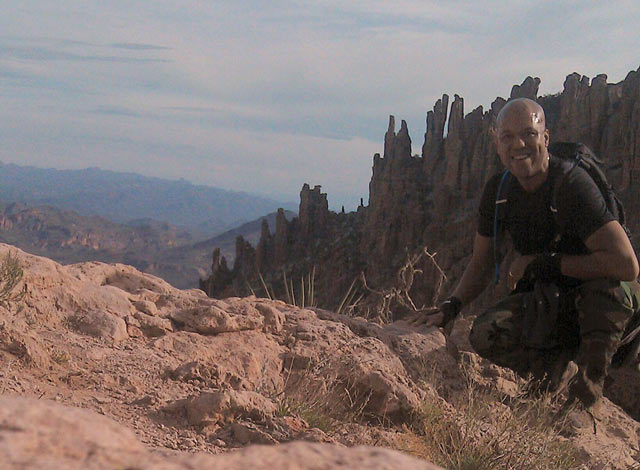I’ve always been fascinated by whales—their size, grace, and mystery. Living with Multiple Sclerosis has given me a new perspective on life and the delicate balance of our world. My passion for whale watching in Maui has also made me aware of the challenges that exist for whale conservation efforts. Let’s take a look into what’s being done to save these incredible creatures.
Key Takeaways
- Whales help maintain the balance of the food chain and contribute significantly to oxygen production through phytoplankton growth.
- Climate change, ship strikes, entanglement in fishing gear, ocean pollution, and noise pollution are major challenges to whale survival.
- Protecting whales is not just about saving individual animals; it’s essential for the health of the entire planet.
- Conservation strategies being implemented include marine mammal protection laws, whale rescue programs, whale watching guidelines, ocean cleanup initiatives, and technological advancements like drone monitoring and acoustic recording devices.
- As a crucial breeding ground and a hub for eco-tourism, Maui contributes significantly to whale protection through responsible whale watching practices and support for marine conservation organizations.
- Everyone can contribute to whale conservation by reducing plastic use, supporting conservation groups, spreading awareness, and choosing eco-friendly products and services.
Why Whale Conservation Efforts Matter
Whales play a huge role in the ocean ecosystem. They help regulate marine life by keeping the food chain balanced. Did you know whale waste supports the growth of phytoplankton? These tiny plants produce over half of the oxygen we breathe! whale conservation efforts aren’t just about saving them—it’s about helping our entire planet.
Threats to Whales
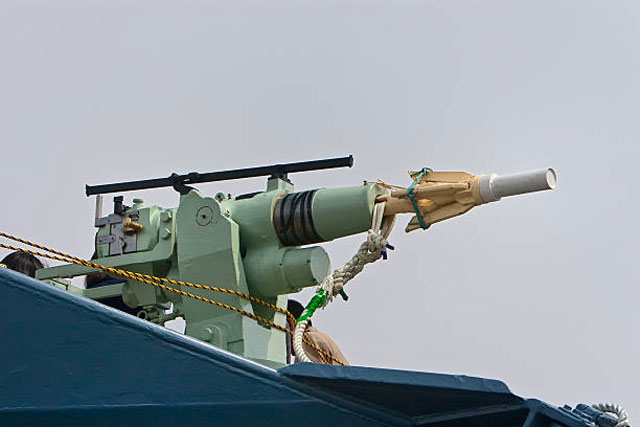
Whales face a long list of challenges, many of which are caused by human activities. These magnificent creatures have thrived for millions of years, but today, they are struggling to survive against modern-day threats.
1. Climate Change
Climate change is one of the biggest threats to whales. As ocean temperatures rise, their feeding and breeding grounds are disrupted. For example, krill—the tiny shrimp-like creatures whales depend on for food—are disappearing in some areas because of warmer waters and melting sea ice. Without enough food, whales struggle to survive and reproduce.
2. Ship Strikes
Whales often share the same waters as busy shipping lanes, and collisions with large ships are a major cause of injury and death. Since whales surface to breathe, they can’t always avoid fast-moving ships. Some areas, like the waters near Maui, are working to improve their whale conservation efforts by rerouting shipping traffic or slowing down ships to reduce the chances of strikes.

3. Entanglement in Fishing Gear
Commercial fishing gear, like nets and ropes, is another serious danger. Whales can accidentally swim into fishing lines and become entangled. This can lead to injuries, exhaustion, or even drowning because the whales can’t swim freely or surface to breathe. Whale conservation efforts like rescue programs have been created to help untangle whales, but prevention remains the best solution.
4. Ocean Pollution
Pollution is an ever-growing threat. Plastics, chemicals, and oil spills harm not only whales but also the smaller marine life they depend on for food. Microplastics, in particular, are a huge problem because whales ingest them while feeding. Over time, these tiny plastics can affect their health, causing stress and illness.
5. Noise Pollution
One major issue for whale conservation efforts that’s often overlooked is noise pollution. Whales rely on sound to communicate, navigate, and find food. Their songs can travel for miles through the water, but human activity—like shipping, oil drilling, and military sonar—can drown out their calls. For whales, losing the ability to hear and “speak” to each other can be life-threatening.
Fun Fact!
Some whale species, like blue whales, have calls so loud that they can be heard over 1,000 miles away. However, with noise pollution increasing, their calls are often muffled, making it harder to find mates or stay together in pods.
What’s Being Done to Help?
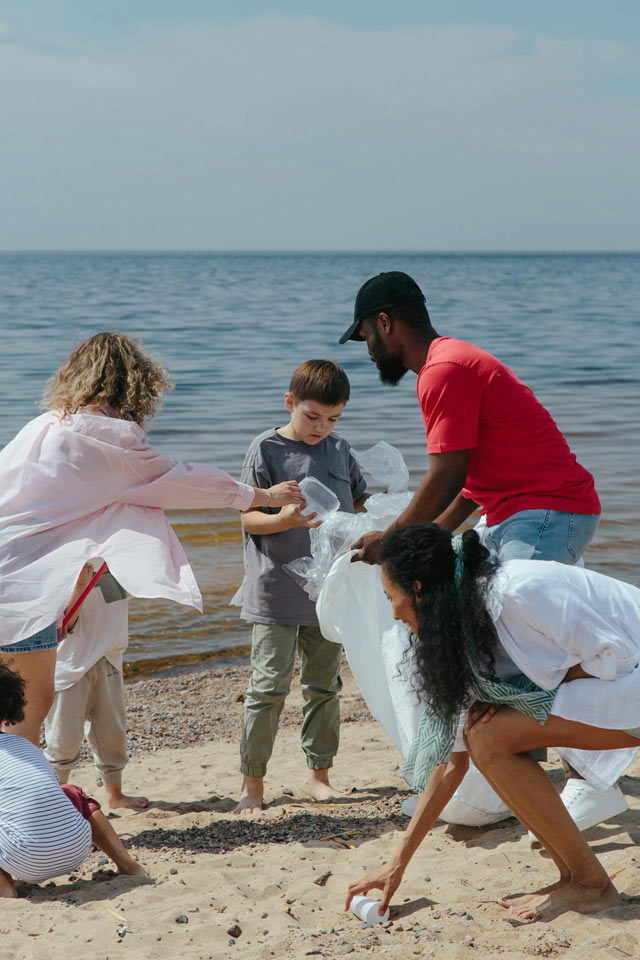
Scientists and conservation groups are working hard on whale conservation efforts that reduce these threats. Innovations like quieter ship engines, biodegradable fishing nets, and ocean cleanup projects are helping to make the seas safer for whales. On a larger scale, organizations worldwide are stepping up with innovative whale conservation efforts that create…
- Marine Mammal Protection Laws: Many countries have enacted laws to protect whales, such as the Marine Mammal Protection Act in the U.S.
- Whale Rescue Programs: Teams of trained professionals rescue whales entangled in fishing gear or stranded on shores.
- Whale Watching Guidelines: Responsible whale watching ensures boats don’t disturb these creatures.
- Ocean Cleanup Initiatives: Groups like The Ocean Cleanup are removing plastics that harm marine life.
Pro Tip!
When booking a whale watching tour, choose operators that follow eco-friendly guidelines. It’s a small step that makes a big difference for whale conservation efforts!
How We Can Help with Whale Conservation Efforts
Everyone can contribute to whale conservation efforts, even from home. Here are some simple ways:
- Reduce Plastic Use: Switch to reusable bags, bottles, and straws to keep plastics out of the ocean.
- Support Conservation Groups: Donate or volunteer with organizations that work to protect marine life.
- Spread Awareness: Share information about whale conservation to inspire others to take action.
Not so Fun Fact 🙁
Plastic waste in the ocean has been found in the stomachs of whales. One sperm whale had 48 pounds of plastic in its belly!
Maui’s Role in Whale Conservation Efforts
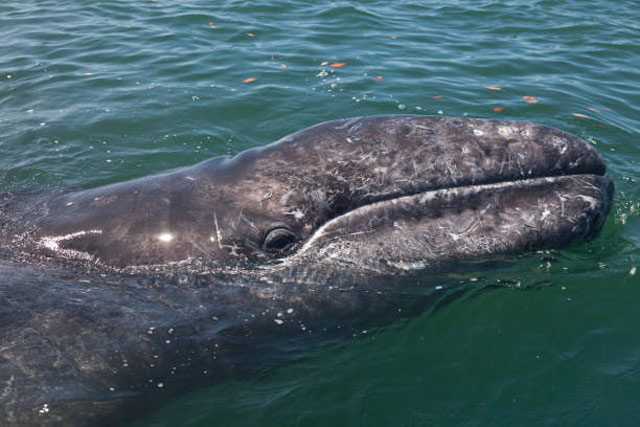
Maui isn’t just a great place for whale watching—it’s a critical part of the larger picture when it comes to whale conservation. As a key stopover in the migratory journeys of whales, Maui’s warm and sheltering waters play a vital role in their survival as breeding grounds. Without access to these breeding grounds, whales won’t be able to recover their population with future generations.
But Maui’s role in whale conservation efforts goes beyond its waters. The island’s dedication to eco-tourism and innovative sustainable practices has turned it into a model for how communities can coexist with marine life. By choosing whale watching tours that follow responsible guidelines—such as keeping a safe distance from whales and avoiding disruptive noises—you’re helping to protect these incredible creatures. Many local tour operators also donate a portion of their proceeds to organizations, like Pacific Whale Foundation, that are working to study and safeguard whales.
Eco-Tourism and Its Impact
When you visit Maui for whale watching, you’re doing more than just enjoying a breathtaking experience. Eco-tourism in Maui provides funding for marine conservation efforts and raises awareness about the importance of protecting marine ecosystems. Every ticket sold for a whale watching tour supports jobs that rely on a healthy ocean, creating an incentive for local businesses to prioritize sustainability
Fun Fact!
Maui’s fishermen were among the first to embrace “whale-safe” fishing practices in the region. By using special gear designed to minimize the risk of entanglement, they’ve helped make Maui’s waters safer for passing whales.
Technology to Save Whales
Technology is playing a big role in innovative conservation. Scientists are using drones to track whales’ movements and monitor their health. Acoustic devices are being deployed to record whale songs and identify areas of high noise pollution.
Pro Tip!
Educate yourself on products labeled “whale-safe.” These items, like certain seafood or cosmetics, are produced without harming whales or their habitat.
Conclusion
whale conservation efforts are a shared responsibility. Every small action, from choosing eco-friendly tours to reducing plastic use, can make a big difference. Watching these gentle giants thrive in Maui’s waters inspires me every day, and I hope it inspires you too. Together, we can ensure that future generations will have the chance to marvel at these incredible animals.
